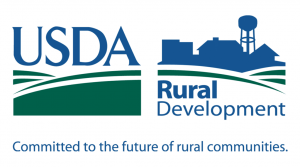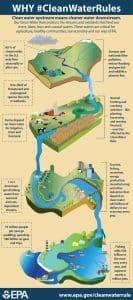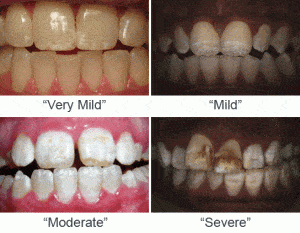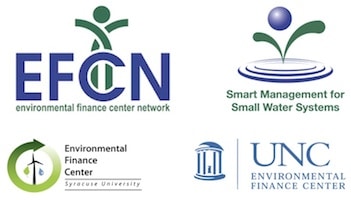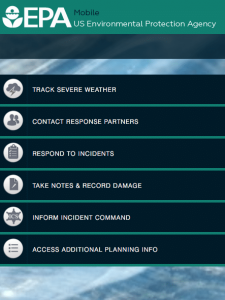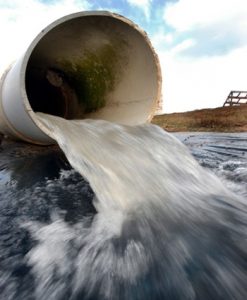
On June 4, 2015, the United States Environmental Protection Agency (EPA) issued a revised NPDES Multi-Sector General Permit (MSGP) for industrial stormwater discharges. The 2015 MSGP replaces the 2008 MSGP.
While the 2015 MSGP provisions are largely similar to the 2008 MSGP, EPA has made some changes to streamline the permit, enhance environmental protections, and improve clarity. The most significant changes are as follows:
- Revised threatened and endangered species eligibility procedures.
- Additional specificity for several of the technology-based effluent limits (i.e., control measures) for clarity.
- A requirement that facilities discharging to a small number of federal Superfund sites notify their EPA regional office prior to filing their Notice of Intent (NOI).
- Streamlining of Stormwater Pollution Prevention Plan (SWPPP) documentation (i.e., facilities do not have to expound on their compliance with certain effluent limits).
- Public accessibility to SWPPP information, either by posting on the internet or by incorporating salient information into the NOI.
- Electronic submission for the NOI, Notice of Termination, annual report, and monitoring.
- Reduced requirements for inspections (i.e., facilities no longer have to conduct a separate comprehensive site inspection).
- Specific deadlines for taking corrective actions.
- Inclusion of saltwater benchmark values for metals.
- Inclusion of the Airport Deicing Effluent Limitation Guideline for the air transportation sector.
EPA’s MSGP applies in areas of the country where EPA remains the NPDES permitting authority and has made the permit available for coverage, which includes the following:
- Four states: Idaho, Massachusetts, New Hampshire and New Mexico;
- The District of Columbia;
- All U.S. territories except for the Virgin Islands;
- Federally operated facilities in Colorado, Delaware, Vermont and Washington;
- Most Indian Country lands; and
- Various other designated activities in specific states.
For additional information on the 2015 MSGP, visit EPA’s website here.
For additional questions, or if you need assistance with the 2015 MSGP, please contact us.

